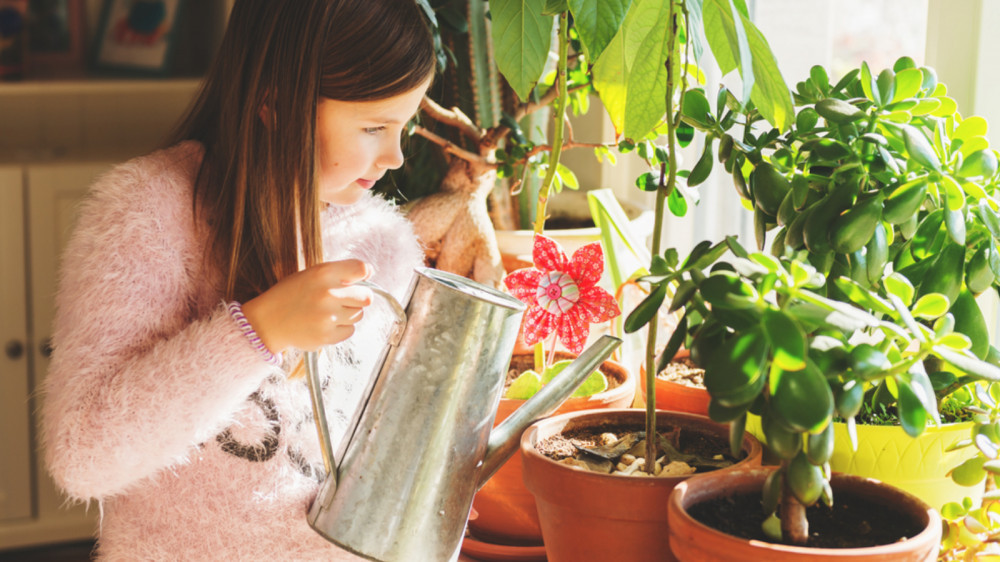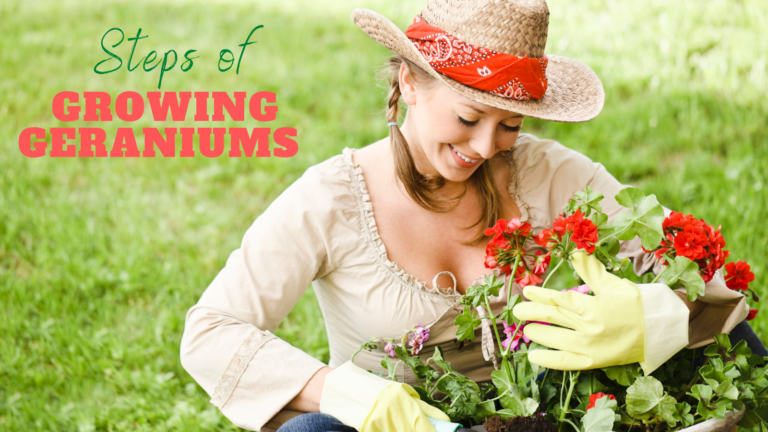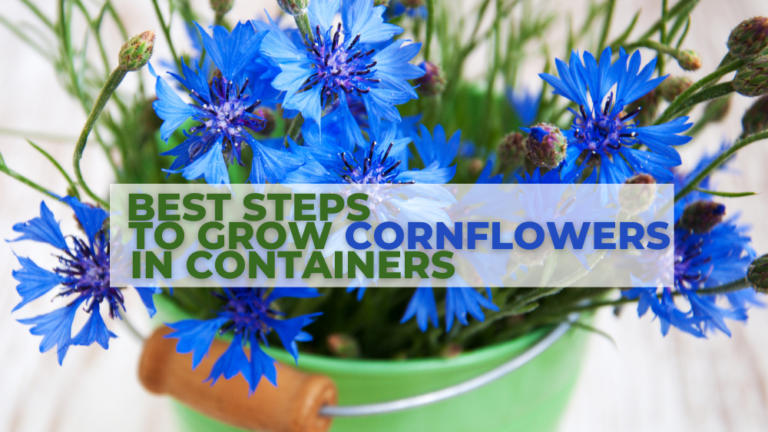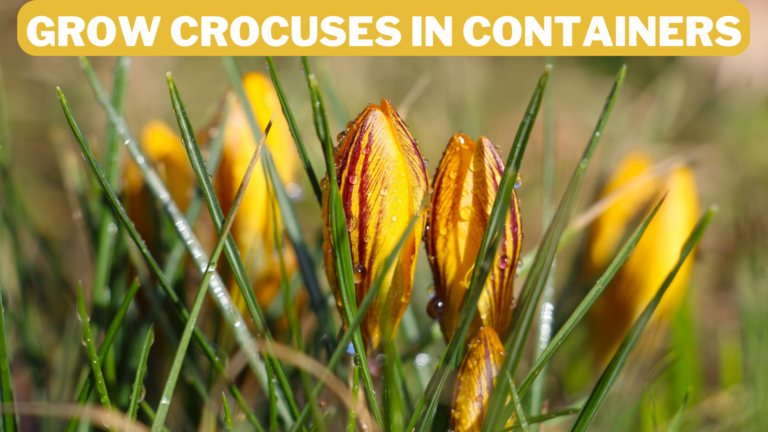12 Easy Steps Of Growing Avocado Trees In Containers
12 Easy Steps Of Growing Avocado Trees In Containers
Avocados are creamy and delicious whether put in a salad or spread on toast, and they have numerous health advantages, but did you know that the avocado pit can be used to produce a plant? Learn how to cultivate an avocado tree in a pot indoors or out and care for it as it matures.
Avocado trees grow in subtropical and tropical climates, and most avocados sold in supermarkets are grown in California.
Avocado trees can grow up to 80 feet tall in the wild, but there are dwarf types, and planting avocado trees in pots keeps them smaller.
Why not try to cultivate and plant your avocado tree from the comfort of your home? It's easy to consider a fruit or vegetable pit waste and put it in the garbage, but this isn't the case.
Regrowing plants from seeds or propagating them is one of the ways that nature makes life easier for us.
Keep the pit the next time you cut an avocado open, and use it to produce your houseplant or avocado tree.
Nutrition Facts About Avocado
One-half of an avocado (100g) provides:
- Calories: 160
- Fat: 14.7g
- Sodium: 7mg
- Carbohydrates: 8.5g
- Fiber: 6.7g
- Sugars: 0.7g
- Protein: 2g
- Magnesium: 29mg
- Potassium: 485mg
- Vitamin C: 10mg
- Vitamin E: 2.1mg
- Vitamin K: 21µg
(Sources From U.S. Department of Agriculture. FoodData Central.)
Health Benefits Of Avocado
1. Manages Blood Sugar
Avocados may have health benefits for people with diabetes. Even though they include carbohydrates, they have almost zero glycemic indexes, indicating they do not influence blood sugar.
The glycemic index is a numerical scale ranging from 1 to 100, with higher numbers suggesting foods that spike blood sugar more quickly.
Avocados, which are high in monounsaturated fats, are a good choice for people with diabetes, especially when replacing high-glycemic foods.
In several trials, eating avocado has enhanced glycemic control in people with type 2 diabetes.
Furthermore, there is strong evidence that eating a high-MUFA diet can help people with type 2 diabetes improve their metabolic health.
2. It Helps Prevent Cancer
The avocado seed, which is higher in sterol compounds than the rest of the fruit, appears to help protect against cancer, according to a 2019 review.
However, it is unknown whether eating the seed is safe. As a result, even avocado growers advise against it.

3. Reduces The Risk Of Cardiovascular Disease
In several trials, avocado eating has been found to lower cholesterol levels in some persons.
Avocado eaters have been found to have greater levels of HDL cholesterol, according to studies. Higher HDL cholesterol levels are linked to a reduced risk of cardiovascular disease.
4. Reduces The Risk Of Heart Disease
Consuming nutrient-dense foods like avocados regularly may assist in preventing disease.
Avocados contain vitamins, minerals, good fats, and fiber, all of which help maintain the cardiovascular system healthy.
According to the study's findings, an avocado-rich diet may help lower heart disease risk factors, which may help prevent heart disease from developing.
The Hass Avocado Board has financed several studies looking at the impact of avocados on heart health.
Although this does not invalidate the findings of the studies, some experts believe that industry involvement in peer-reviewed research may distort the results.
On the other hand, it may assist in raising heart-protective HDL cholesterol and lower levels of oxidized LDL cholesterol, a form of cholesterol linked to atherosclerosis or plaque buildup along artery walls.

5. Supporting The Wellbeing Of The Fetus
Folate is an essential nutrient for a healthy pregnancy. Appropriate nutrition lowers the incidence of miscarriage and neural tube defects.
Get at least 600 micrograms (mcg) of folate daily when pregnant. As much as 160 mcg can be found in a single avocado. Avocados also include fatty acids important for fetal development and a balanced diet.
6. It Helps You Lose Weight
Even though avocados are high in calories, they may provide weight-loss benefits. The creamy texture and savoury flavour of (good) fat might help you feel full and satisfied during meals. Avocados are also high in fiber. Fibre-rich foods can help you feel fuller for longer.
In studies, avocado consumption has been linked to lower body weight, a lower body mass index (BMI), and a smaller waist circumference. A few small studies show that avocado consumption is also linked to weight loss.

7. Prevents Osteoporosis
Vitamin K is in half an avocado, which offers around 18% of the recommended requirement. This nutrient is frequently ignored, even though it is critical for bone health.
Getting adequate vitamin K can help bone health by boosting calcium absorption and lowering calcium excretion through the urine.
8. Improves Eye Health
Avocados include lutein and zeaxanthin phytochemicals, which are found in eye cells. They provide antioxidant protection, which helps to reduce damage caused by UV rays.
Avocados include monounsaturated fatty acids, which absorb other valuable fat-soluble antioxidants, including beta-carotene.
As a result, incorporating avocados into one's diet may aid in the prevention of age-related macular degeneration.
9. Relief From Osteoarthritis
Saponins are found in avocados, soy, and other plant foods. These medications may help with the symptoms of osteoarthritis in the knees and hips.
However, experts have not yet proven the long-term effects of saponins in persons with osteoarthritis.
10. Lowering The Risk Of Depression
Avocados are high in folate, a nutrient vital for general dietary health. Low folate levels have also been linked to depression in studies.
Folate prevents the formation of homocysteine, a chemical that can obstruct blood flow and nutrient delivery to the brain.
Excess homocysteine has been associated with cognitive dysfunction, depression, and the synthesis of serotonin, dopamine, and norepinephrine, which govern mood, sleep, and appetite, according to reviews of previous research.
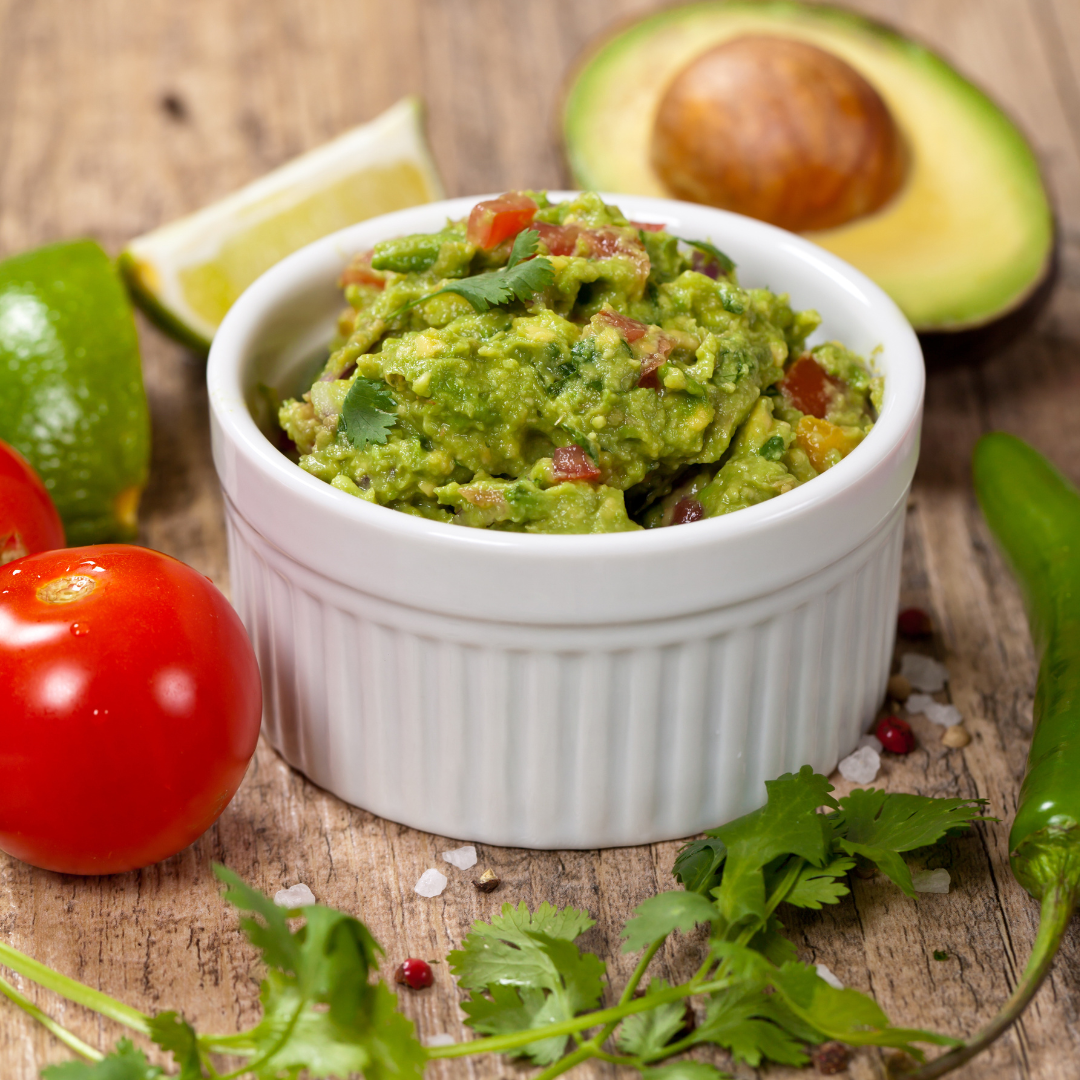
11. Protection Against Chronic Illness
Avocados' monounsaturated fatty acids may aid in the prevention of chronic diseases such as cardiovascular disease.
Meanwhile, avocados are high in fiber, which may lessen the risk of stroke, hypertension, diabetes, obesity, and some gastrointestinal illnesses, according to a study.
Fibre can also help persons with obesity lose weight by lowering blood pressure and cholesterol levels, improving insulin sensitivity, and increasing weight loss.
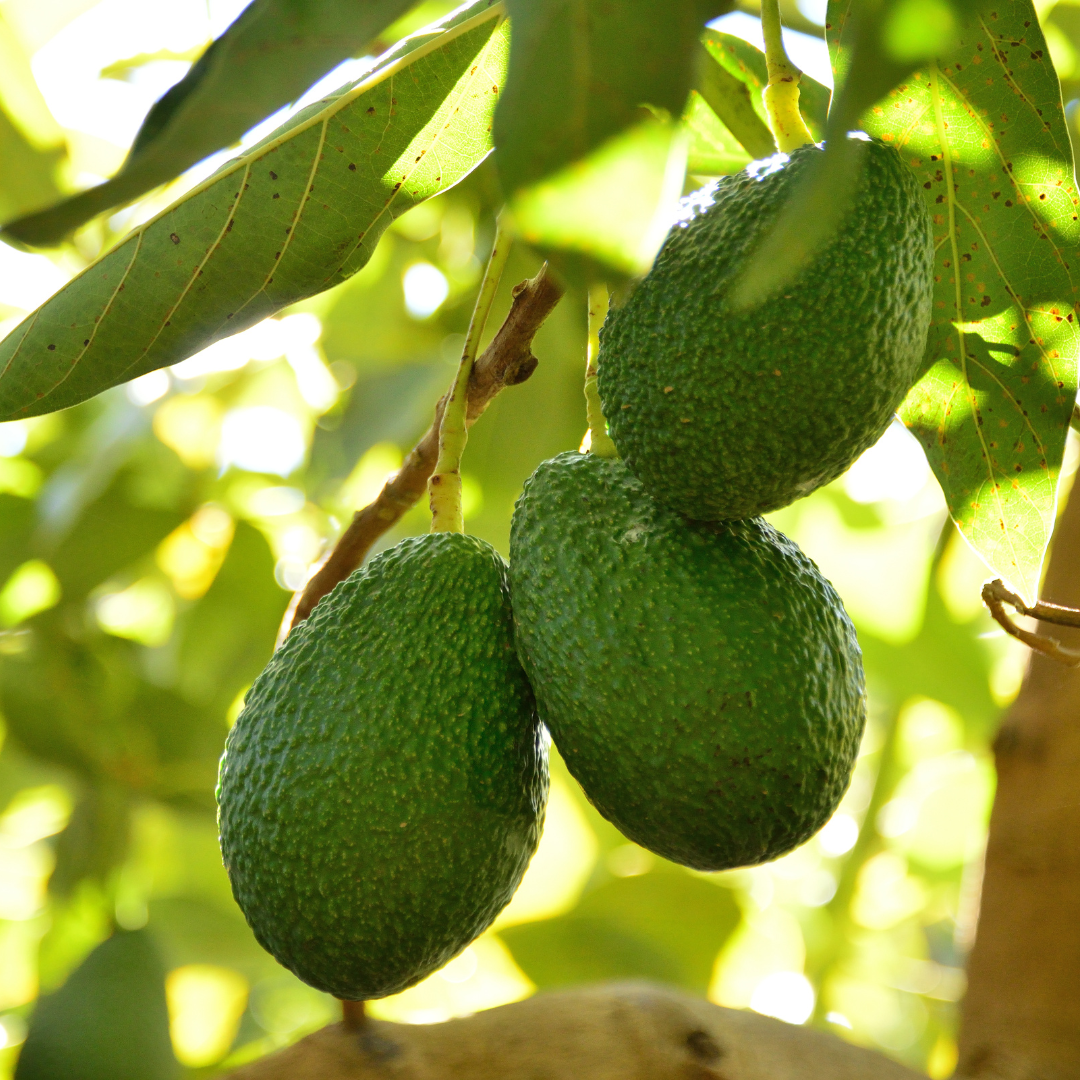
Indoor Avocado Types
- Holiday avocado
- Wertz avocado
- Gwen avocado
Holiday, Wertz, and Gwen are excellent choices if you grow avocados inside. Avocado trees that bear fruit between Labour Day and New Year's Day are holiday avocados.
They bear fruit every other year, about 12 to 18 months after flowering. They reach a height of ten to twelve feet and have eight-inch leaves.
Wertz avocado trees are similarly typed A, although they take longer to bear fruit than Holiday avocado trees.
From May to September, they reach a height of eight to twelve feet, with tightly packed weeping leaves, limbs, and fruit.
Finally, the design A Gwen tree is a little tree that grows to 14 feet tall and bears fruit from February to October.
This variety produces more fruit than Hass avocados, is frost resistant, and can withstand colder weather.
Growing Avocado Trees In Containers
Step 1: Choosing A Right Container
Purchase a healthy grafted tree from a nursery and plant it in a container one or two times larger than the root ball.
For example, if your avocado tree arrived in a 3-gallon pot roughly 10 inches in diameter, transplant it into a 5-gallon pot approximately 12 inches in diameter.
When most dwarf avocado trees mature, a 15-gallon pot (18 inches) will suffice. Also, make sure your container's bottom has enough drainage holes.
Step 2: Soil Requirements
Avocado trees grow well in well-drained, loose soil. Limestone, sandy loam, and decomposed granite are the key soil types that promote optimum fruit growth.
Avocado trees grow best in soil with a pH of 6 to 6.5. Make a mound 1 to 2 feet high and 3 to 5 feet in diameter.
Don't put gravel or anything else, such as planting media, in the hole. The depth to which the roots penetrate the bulk soil will determine how well the tree grows soon.
Step 3: Propagation
Avocados can be grown from pits, which is simple, but the best option is to purchase a healthy, grafted avocado plant from a local plant nursery or order one online.
Remove the pit from a mature fruit and soak it in lukewarm water for several hours before planting it immediately in a planter.
Because avocado trees produced from a pit can take 5 to 10 years to ripen, buying one from a nursery usually starts fruiting after 2-3 years.
Step 4: Location
Avocados thrive in direct sunlight, so place the plant near a sunny window where it will receive the most light.
A south-facing window or a small sunny balcony are the best places to put it. The avocado plant will not fruit without sunlight, but it will thrive in low light if you're growing it as a houseplant.
Step 5: Watering
Water the plant seldom but thoroughly, then let the soil dry before watering again. The climate and weather determine the frequency.
Your indoor avocado will require more summer watering than winter water. Similarly, you'll need to cut back on watering if it's raining.
Step 6: Temperature
Avocado grows best in temperatures ranging from 60 to 85 degrees Fahrenheit with moderate humidity.
A dwarf avocado plant can withstand a minimum temperature of 28-32 degrees Fahrenheit once it has grown well (-2 C).
Cold drafts should be avoided while growing avocados inside because they might cause damage.
Step 7: Pruning
The browning edges of the leaves will eventually fall off the plant. If your plant is overgrowing, you can prune the branches, leaving a few nodes at the end.
Only do this if the plant is growing well; otherwise, avoid trimming it unduly since it may cause the branches to die back instead of producing new shoots.
Step 8: Re-Potting
After 4-6 months of development, if you hadn't changed the size of the nursery pot when you took it home, the plant would require re-potting.
Choose a pot one size larger than the one you just used. Repotting the plant every two years after that will suffice.
Step 9: Irrigating Avocado Trees In Containers
Avocado plants in containers dry up more quickly than trees in the ground and require more regular irrigation, especially when they are first planted.
According to the University of Florida IFAS Extension, new trees should be watered every other day when they are first planted.
Reduce watering to once or twice weekly after the first week for another two to three months. Keep an eye on the soil moisture; it should never be scorched.
On the other hand, excessive moisture promotes fungus growth and other problems, so be careful not to over-water. Stick your finger into the soil or take a scoop to see if a plant needs water.
If the soil is moist and holds together in your palm, no extra water is required; nevertheless, if it is crumbly and dry, thoroughly water it.
Depending on the frequency of seasonal rains or extended dry spells, watering can be reduced throughout the winter months as needed.
Step 10: Fertilizing
Treat container-grown avocado plants with a citrus fertilizer every two months for the first year. Avocado trees require 6 to 10% nitrogen, phosphate, potassium and 6% magnesium for optimal growth.
I am using a slow-release fertilizer like 6-6-6 or 10-10-10 with additional magnesium and micronutrients like zinc.
Increase potassium dosage to 15% when the trees bear fruit, similar to a 10-10-15 formulation with extra micronutrients.
From spring until summer, spray with trace elements such as copper, zinc, manganese, and boron three to four times until the tree is four years old.
When the temperature rises above 90 degrees Fahrenheit, do not spray copper.
If the tree is grown in alkaline soil and shows evidence of iron chlorosis, such as yellow new leaf and yellowing between the dark green veins of the leaves, provide iron supplements.
Step 11: Winter Care
Baby Avocado trees can be left outside in the summer, but if you live somewhere where the temperature drops below 24°C, you'll need to bring them back inside before the temperatures drop in the fall/winter.
Step 12: Harvesting
When your plant starts to bear fruit, it may bear a significant amount. Don't be alarmed if it drops many of these fruits; this is natural. Unlike many other fruit plants, Avocados do not ripen on the tree.
Pick one when the fruit has reached full maturity and place it on a shelf for a few days. It isn't time if they wilt up or never grow soft.
Every week, pick a couple more fruits until they ripen. Pick what you want and leave what you don't want on the tree at that stage.
Pests & Diseases Of Avocados
Avocado plants are susceptible to root rot caused by overwatering and poor drainage. When purchasing a grafted avocado tree from a nursery, ensure it is disease-free. Also, keep an eye out for scales.
How Long Do Avocado Trees Take To Produce Fruit?
Avocados have a lengthier growing time and do not yield fruit the first year, unlike tomatoes, cucumbers, and eggplant, which produce fruit a few months after planting, or apple trees, which bear fruit as early as two years.
Many farmers favour grafted avocado trees because of the longer growing season.
Avocado Recipe Idea
Avocado Toast
Avocado toast is rich, creamy, and filling. It's an easy and delicious breakfast, snack, or light meal!
Because avocado browns with time, eating it right away is preferable. As described, this recipe makes 1 piece of basic avocado toast; multiply as needed.
Prep time: 3 minutes | Cook time: 2 minutes | Total time: 5 minutes | Servings: 1 slice
Ingredients
- Bread: 1 slice
- Avocado: ½ ripe
- Sea salt: 1 pinch
- Optional – any extra toppings: green onions, onion rings, tomato, bell pepper slices, herbs like parsley, basil or cilantro, and anything else you and your family love.
Method
- Toast your bread slice until it is golden and firm.
- Remove the pit from your avocado and discard it or plant it. Scoop out the flesh using a large spoon. Put it in a bowl and mash it with a fork until it's smooth. Add a pinch of salt (about ⅛ teaspoon) and season to taste.
- Avocado should be spread on top of your toast. Serve plain or with any of the extras listed in this post.
Conclusion
You should try the healthy fruit in your home garden. Please message me here if you have any problems or questions when growing avocado trees in containers.
Don’t miss trying the Avocado Toast. I hope your kids will love it. And if you love more avocado recipes, visit my other website here.
I trust you enjoyed this article on the 12 Easy Steps Of Growing Avocado Trees In Containers. Please stay tuned for more blog posts to come shortly. Take care!
JeannetteZ
>>>Please click here to read my all-inclusive article about Container Gardening<<<
>>>Are you interested in homegrown herbs and medicine? Please click here to find out more about it!<<<
Your Opinion Is Important To Me
Thoughts? Ideas? Questions? I would love to hear from you. Please leave me your questions, experience, and remarks about this article on the 12 Easy Steps Of Growing Avocado Trees In Containers in the comments section below. You can also reach me by email at Jeannette@Close-To-Nature.org.
Disclosure
This post may contain affiliate links. I earn from qualifying purchases as an Amazon Associate and other affiliate programs. Please read my full affiliate disclosure.
You might also enjoy these blog posts:
Easy 10 Steps Of Growing Dragon Fruit In Pots
Grow Million Bells Flowers In Containers

